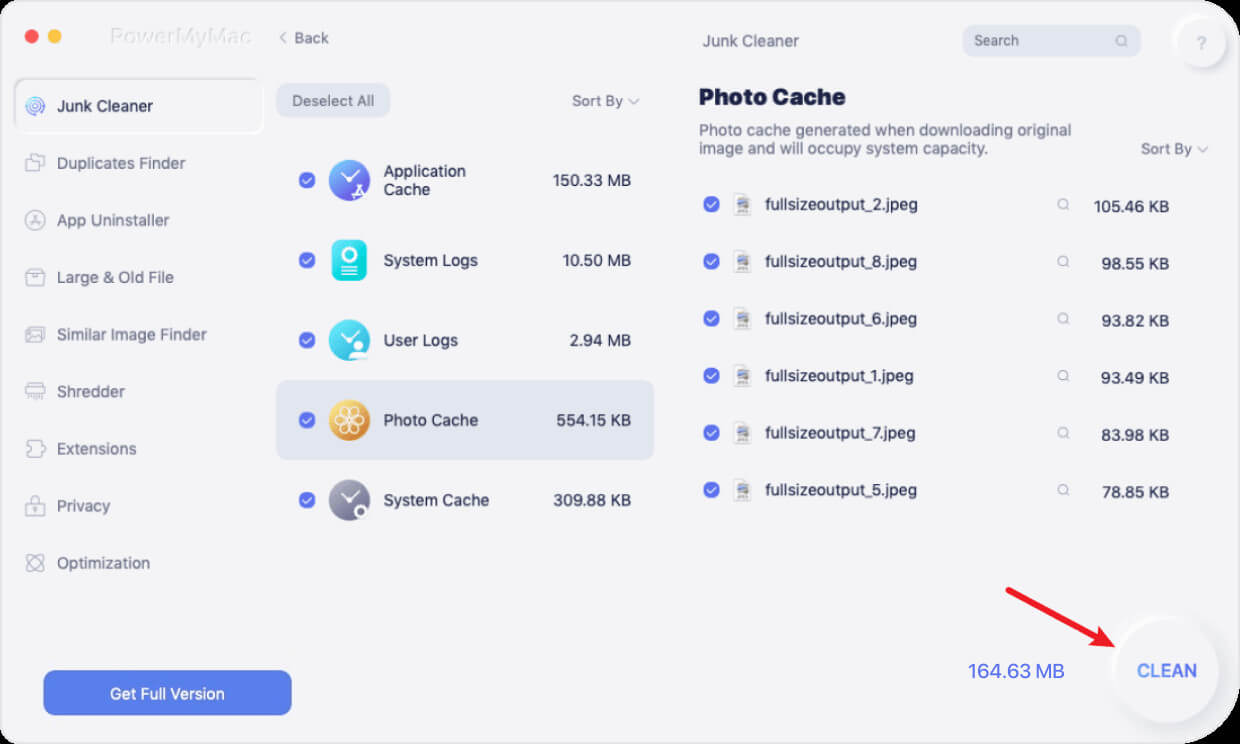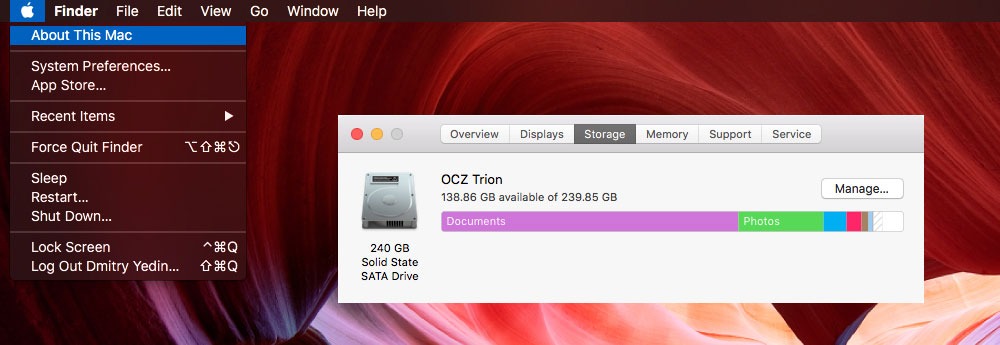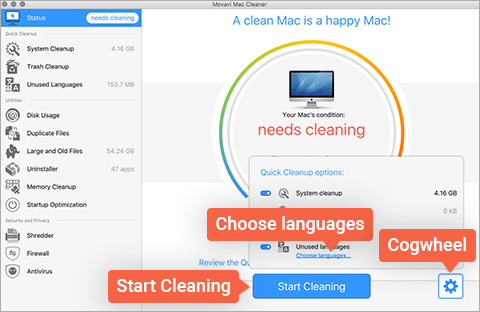


You can manage these items by going to System Preferences → Users & Groups → Login Items. These items can slow down the startup time and overall performance.

When you start up your Mac, it loads a number of items, including apps, login items, and system services. It can also help you uninstall apps and manage your startup items.ĪLSO READ 4 Smart Ways To Increase eCommerce Sales You may also use a tool like CleanMyMac X to scan your Mac for unneeded files and applications. This can improve both performance and speed. Clean Up Your MacĪfter updating your Mac, it is a good idea to clean up unnecessary files and programs to free up disk space. However, if you are still not able to figure out why your mac running slow after update, you may try to take professional help or try some quick fixes to restore the functionality. Keeping your software up to date can help improve your device’s performance and security. Check for updates in the Mac App Store or through the application’s website. Developers often release updates that fix bugs and improve compatibility with the latest macOS version. Make sure all of your software is up to date after a macOS update. In this article, we will discuss the best practices so you can get your Mac running smoothly once again. However, there are several tips and tricks you can use to optimize your Mac’s performance after an update. This can be frustrating, especially if you rely on your Mac for work or personal use. In fact, according to a survey, it is found that 44% of users experienced a decrease in performance after updating their Mac’s software. But it can also lead to unexpected issues and decreased performance. While updating your Mac software is crucial to ensuring its security and performance. We expect it to work smoothly and efficiently.

Of course, we all try to keep our Apple devices in the right condition to reap maximum benefits. Using a Mac can give you an amazing experience.


 0 kommentar(er)
0 kommentar(er)
